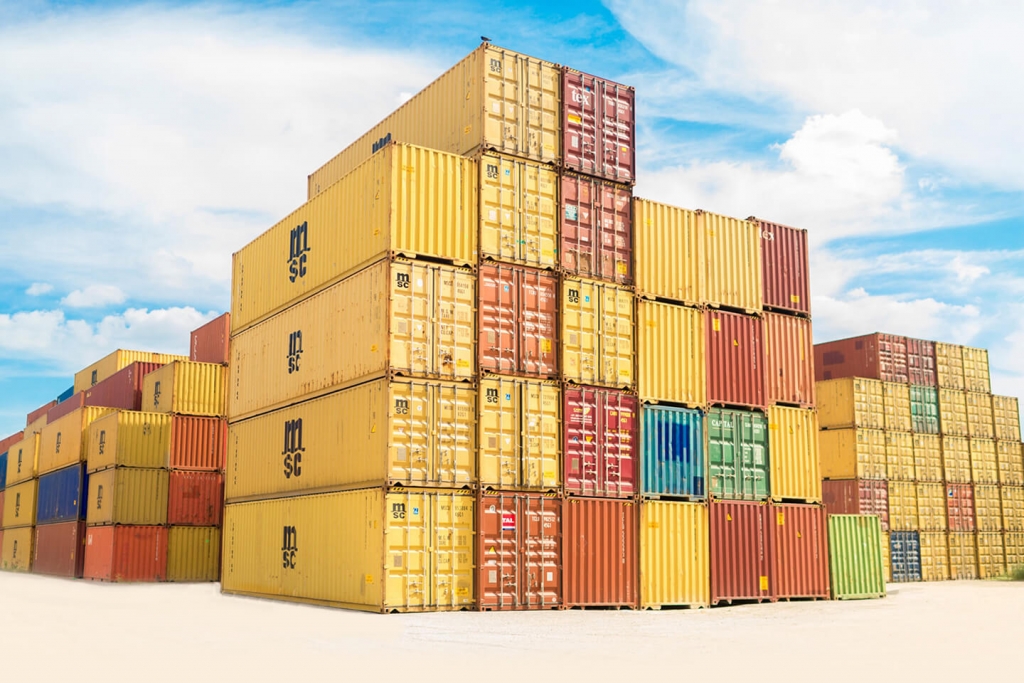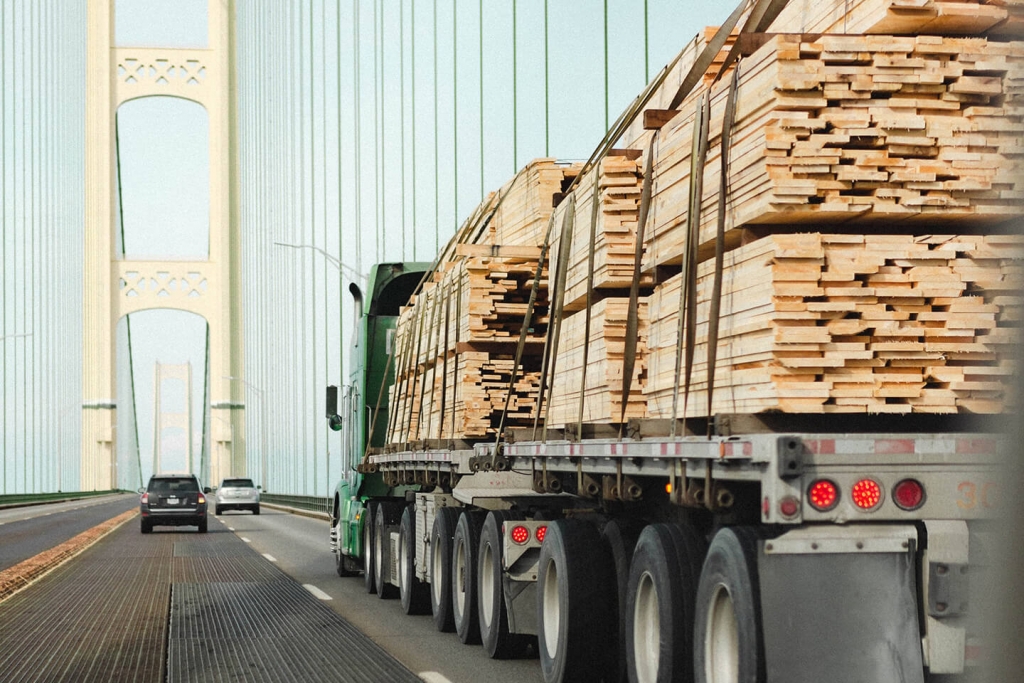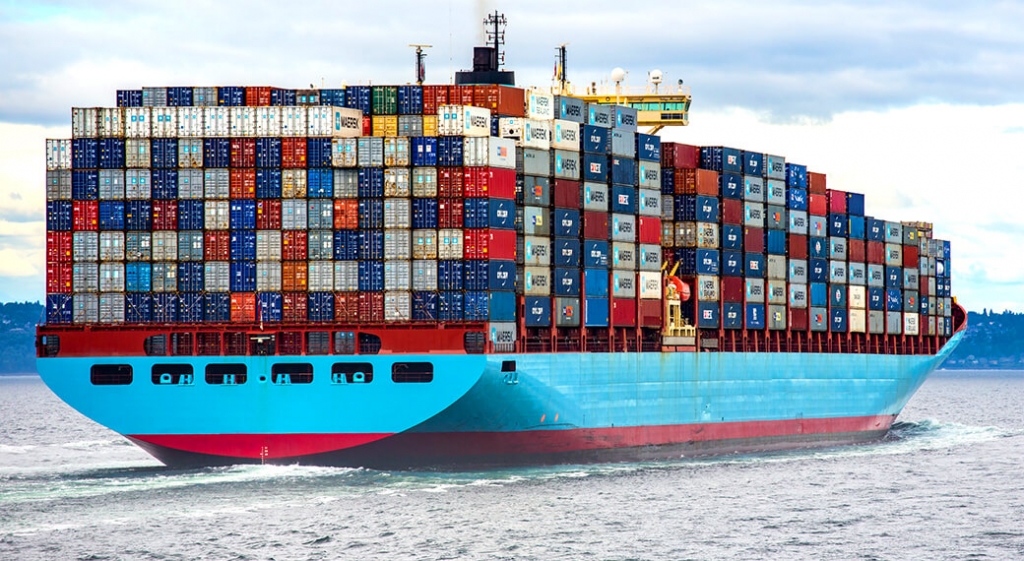The global supply chain was unprepared for the emergence of a viral pandemic. As restaurants tried to fully reopen, the surge in demand for ingredients, supplies, and equipment strained a system already facing many challenges. From traffic jams at the Suez Canal to shipping port closures in China, the global supply chain continues to hit snag after snag with no end in sight.
China recently enacted its no tolerance policy by partially closing Ningbo port, the world’s 3rd busiest shipping hub, after a worker was diagnosed with Covid-19. The decision has given rise to slower shipping times, created shipping congestion out of Asia, and created a backlog that has stretched across the Pacific Ocean to Long Beach, California.
Foodservice operators feel the pressure every day as they work around yet another challenge: global shipping costs.

Global Shipping Costs Skyrocket
As restaurants began to reopen and the US markets worked to recover, demands for ingredients and other goods needed to operate a restaurant rose quickly: too quickly for the shipping industry to keep up. Supply chain operations slowed down to what feels like a trickle for people eagerly awaiting key ingredients or basic supplies like nitrile gloves. Shipping times from Asia, for example, are approximately double the time it would have taken three years ago.
Shipping costs reached their current, high rates very quickly as demand soared, almost as though the entire industry skipped over years of inflation and growth, and landed in an entirely different economy. Aside from soaring demand, the congestion and disruption suffered by the global supply chain, has also led to an increase in prices of everyday goods. Economists attribute rising costs and the unmet demand for ingredients as a major risk factor in this sector, adding to the foodservice industry’s already high levels of vulnerability.
Save Money By Reducing Food Waste! »
Alternatives to Maritime Transport
Logisticians from around the world are looking for alternate modes of transport, but similar challenges present themselves. Truck drivers for hire are in short supply, reflecting widespread labor shortages. Many companies have pivoted towards airfreight. However, air terminals weren’t prepared for this challenge. Shipments often fall short of deadlines, and the rising amount of delays and congestion puts US airports in a logistical bind.

The Foodservice Industry’s New Normal
So, what does this mean for the food service industry’s continual adaptation to the new normal? Restaurants are often forced to change menu items at the last minute. This is due to missing ingredients which has resulted in a stronger foundation of flexible thinking as managers wade through the chaos. Everything from chicken to lemons are in short supply somewhere as systems remain precarious. Additionally, popular global trade items like rice, wheat, and sugar may continue to rise; most analysts agree that we’ve yet to see or experience the transport cost ceiling. And with the holiday season looming around the corner, improvement isn’t expected until 2022.



